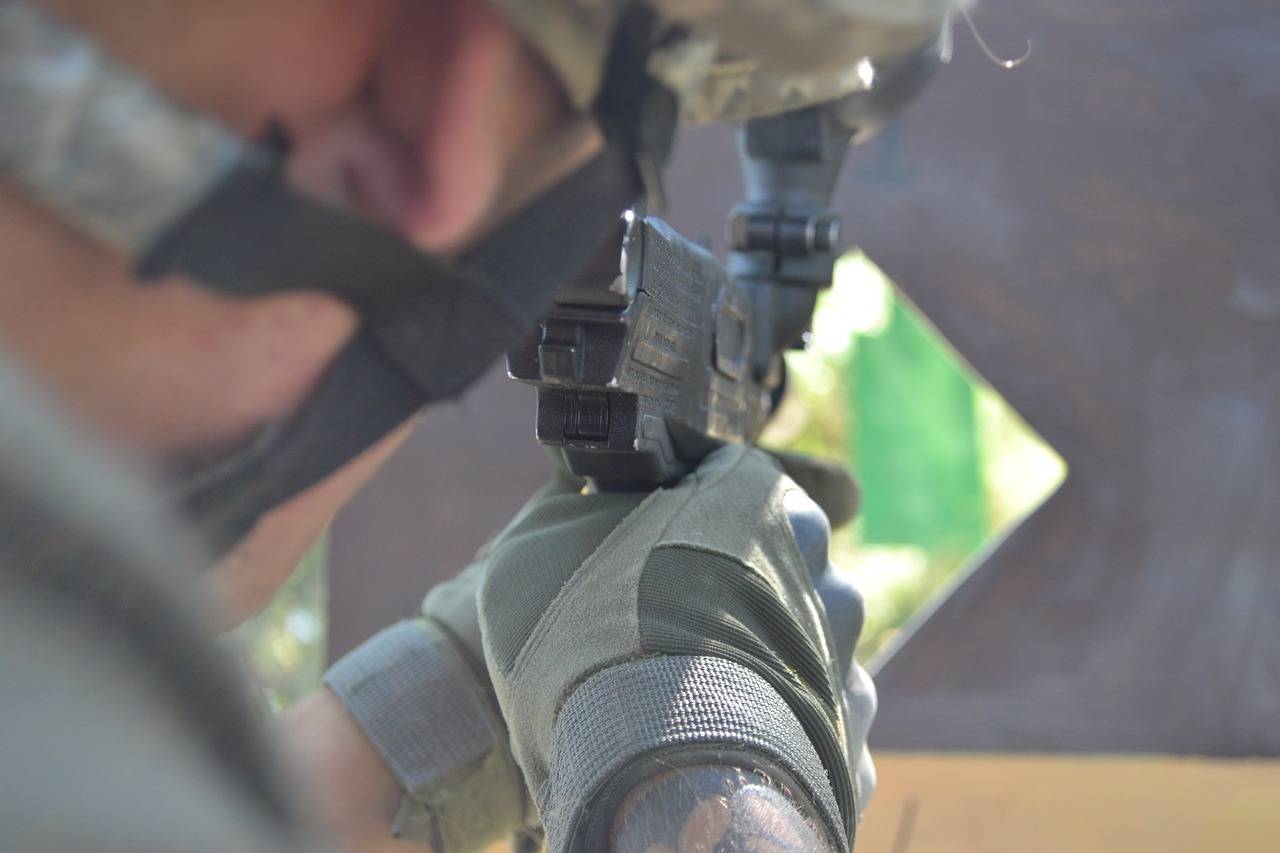How to Encourage Student Engagement in the Classroom
Active learning techniques have been proven to enhance student engagement and participation in the classroom. By involving students in hands-on activities, group discussions, and problem-solving tasks, these methods foster a deeper understanding of the subject matter. Students are more likely to retain information and develop critical thinking skills through active learning, compared to traditional passive learning approaches.
Moreover, active learning techniques help students to cultivate effective communication and teamwork skills. Through collaborative projects and interactive exercises, students learn how to work together, listen to different perspectives, and contribute to group success. This not only prepares students for real-world challenges where teamwork is essential but also encourages a sense of community and mutual support within the classroom.
Creating a Collaborative Classroom Environment
One effective way to cultivate a collaborative classroom environment is through fostering open communication among students. Encouraging students to express their thoughts and ideas freely can lead to engaging discussions and the sharing of diverse perspectives. This not only enhances their communication skills but also promotes a sense of inclusivity within the classroom.
Additionally, incorporating group activities and projects can promote teamwork and cooperation among students. By working together towards a common goal, students learn to appreciate the value of collaboration and develop essential interpersonal skills. Through these interactive experiences, students can cultivate a supportive learning community where mutual respect and cooperation are at the forefront.
What are the benefits of using active learning techniques in the classroom?
Active learning techniques, such as group work and discussions, can promote student engagement, critical thinking, and collaboration skills. These techniques also help students retain information better and apply what they have learned to real-world situations.
How can teachers create a collaborative classroom environment?
Teachers can create a collaborative classroom environment by incorporating group projects, discussions, and interactive activities into their lesson plans. Encouraging open communication and teamwork among students can also help foster collaboration in the classroom.
What are some strategies for fostering collaboration among students?
Some strategies for fostering collaboration among students include assigning group projects, promoting open communication, providing opportunities for peer feedback, and creating a supportive and inclusive classroom culture. Teachers can also model effective collaboration behaviors for students to emulate.
How can teachers assess the effectiveness of their collaborative classroom environment?
Teachers can assess the effectiveness of their collaborative classroom environment by observing student interactions during group activities, collecting feedback from students about their experiences working together, and analyzing the quality of the work produced by student groups. Additionally, teachers can track student progress and engagement levels over time to gauge the impact of collaboration on learning outcomes.





